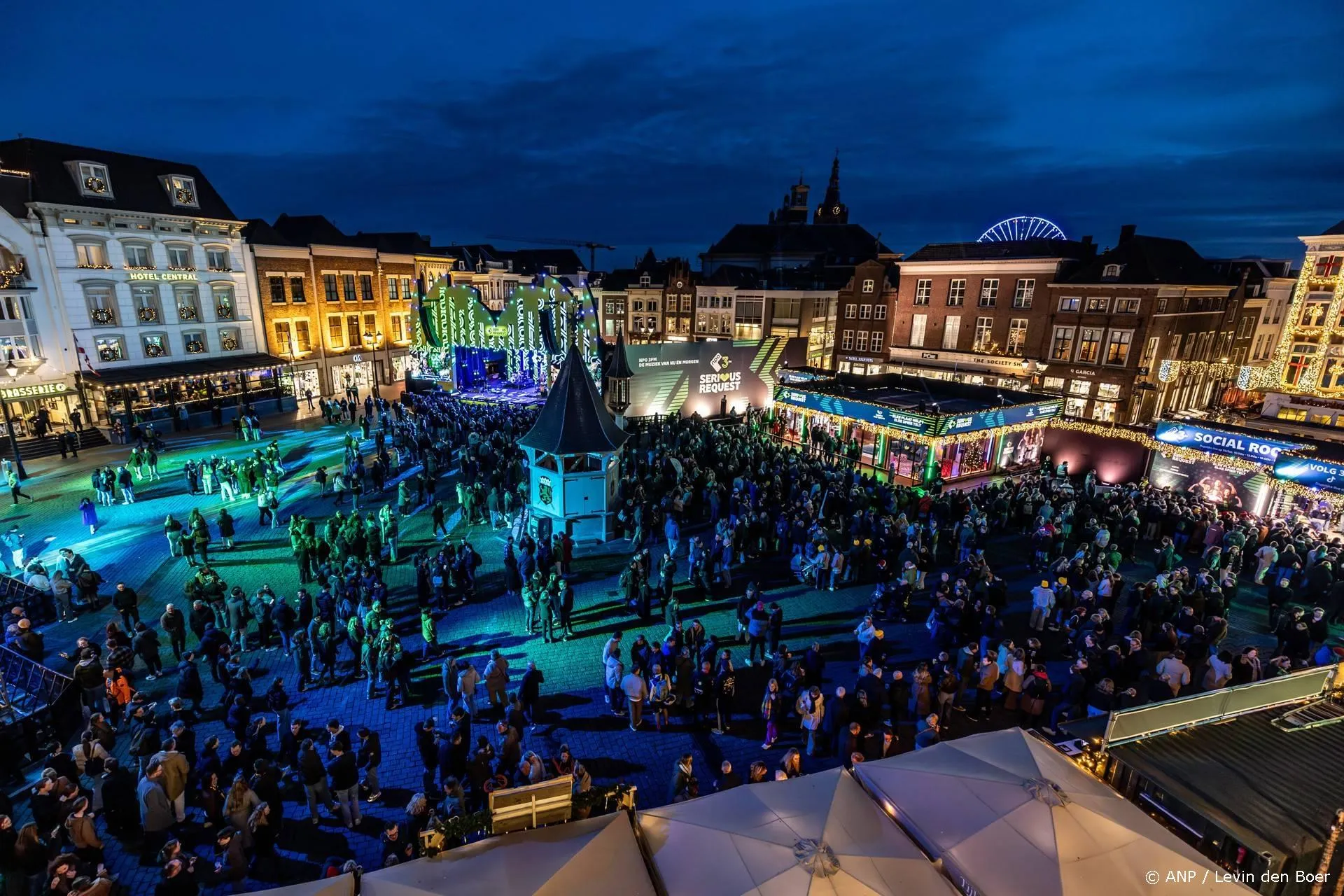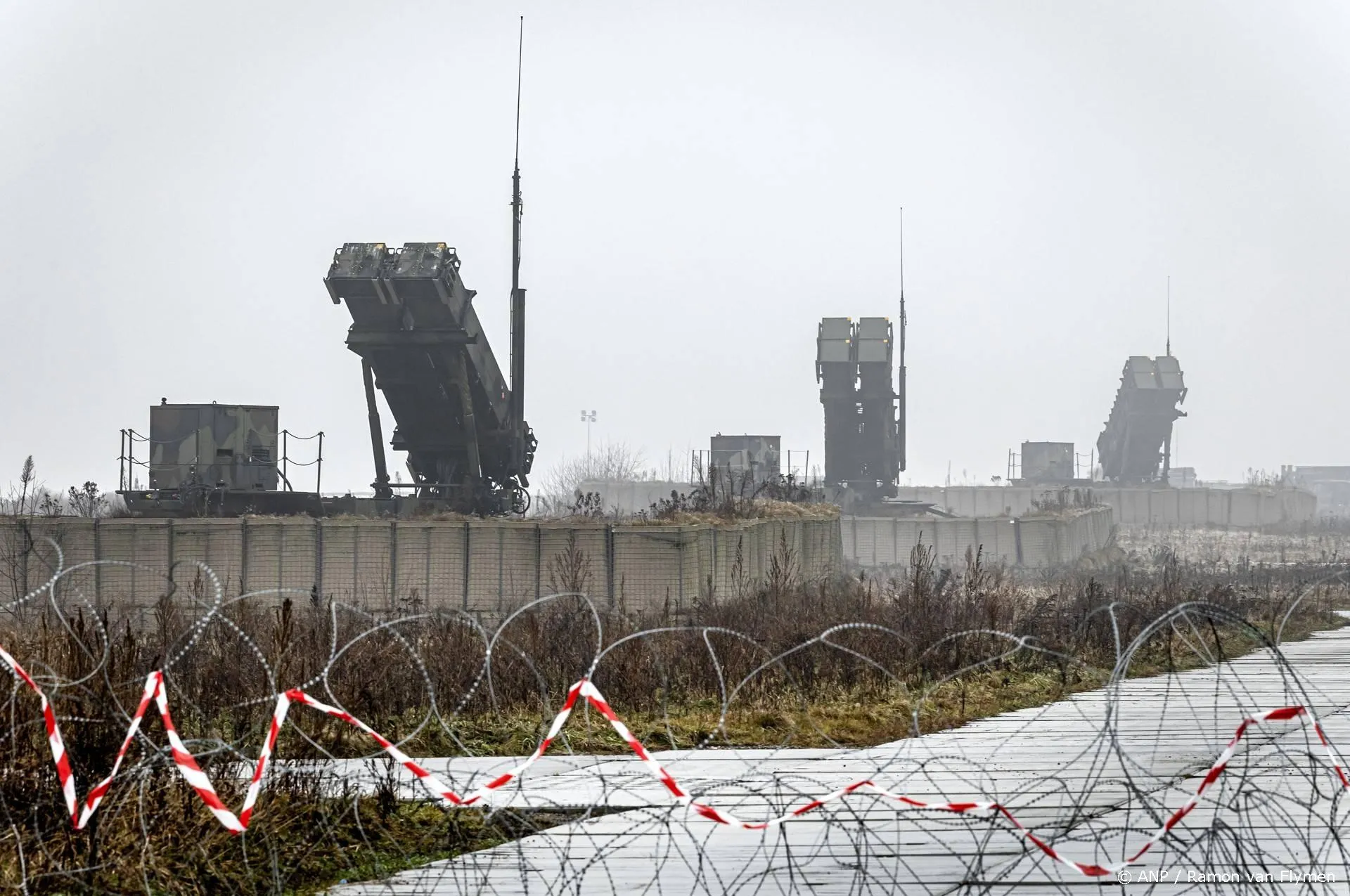Klimaatdebat uit de startblokken
The Downing event was assembled by Alan Howard, an academic rich enough to have a foundation in his name and it was the first time many climate scientists have ever attended an event with their critics. "Science is not a religion," said Howard, "it must be criticised". Henrik Svensmark, who offered the most compelling alternative to the IPCC orthodoxy, was among those who gave a presentation. The audience was evenly split, and the IPCC orthodox view took up perhaps two thirds of the day. On the science, there was little disagreement over the basics, such as the physical properties of CO2, but the degree to which it drives the larger climate was greatly disputed, because the larger system remains a mystery. Even the basics of how different clouds affect temperature is guesswork: water vapour feedback may have a slight negative cooling feedback, or it may have a large positive warming feedback. These must be guessed at, or imagined, through models.
whose presentation stood out head and shoulders above anyone else. Why? For two reasons. The correlations he shows are remarkable, and don't need curve fitting, or funky statistical tricks. And he has advanced a mechanism, using empirical science, to explain them. At the other end of the scale, by way of contrast, the Met's principle research scientist John Mitchell told us: "People underestimate the power of models. Observational evidence is not very useful," adding, "Our approach is not entirely empirical." Yes, you could say that.
The director of Sun-Climate Research at the Danish national space institute DTU Space, Henrik Svensmark, was next. Svensmark explained the idea that cosmic rays have a much greater role in climate than previously thought one we have mentioned before, here. The theory led to the CLOUD experiment at CERN. The proposition is that high energy particles released from cosmic rays hitting the atmosphere particularly muons provide the seed material for clouds, via ionisation. So if more cosmic rays reach the atmosphere, there are more clouds, which generally means a cooler climate. (On balance, that is: high clouds have an albedo effect, and nighttime temperatures are raised by low clouds). The amount of cosmic rays that reach earth is determined by the density of the cosmic rays, and the strength of the earth's and sun's magnetospheres, which act as umbrellas.
The "shower" illustrated by the NASA artist above is a bit misleading. The true picture is much denser than it suggests: around 12 million muons pass through a human body in 24 hours, noted Svensmark.
The net cooling effect of clouds is 30W/m2, which is much greater than any of the figures mentioned above. So small changes in clouds will have significant impacts on temperatures. He explained the process of cloud formation, via UCNs (Ultra Fine Condensation Nuclei) which seed clouds. Over the past 15 years, experiments have been conducted to find out the ionisation effects of cosmic rays at varying altitudes. Svensmark isn't involed in the largest of these, CLOUD.
Svensmark saw four primary factors to climate change: solar activity; volcanoes; a curious "regime shift" that took place in 1977, and which has led to subsequent warming; and residual anthropogenic (manmade) components. Svensmark has alluded to this before. The idea is that the Pacific Oscillation undergoes periodic "shifts" and the shift in 1977 had significant consequences, with a period of rapid warming following. The idea that something dramatic happened to the Pacific in 1976, isn't new, and has been explored in this paper, and biologists note how rapidly plankton responds to these shifts. "If regime shift is ignored, the net AG contribution increases by 2x to 5x", said Svensmark.
So the disagreements really break down into two. There's the science: human influence is either significant or not so significant; and there's economics: we must have policies which make drastic changes to society, lifestyles and industrial policy what George Monbiot called "a war against ourselves" or we must sensibly adapt, and are foolish to create more unnecessary human poverty and misery when we don't need to. This isn't so surprising, really.
The most passionate believers in the view that man is irreparably changing the climate are the people with the long lists of radical remedies already prepared; their politics needs the catastrophe, for nobody would entertain their politics for a moment it wouldn't be mainstream if it didn't come with a catastrophe attached. Take away the catastrophe, and their politics collapses like a house of cards. Politically we're in a sort of limbo: a few countries have pledged themselves to the course of radically changing lifestyles and industrial policy but the price of implementing them is political suicide. Things meander along without resolution.
The day ended with as much disagreement as it had begun, and it felt for much of the day as if two Navies had passed in the night. But it had at least taken place. Much credit to Alan Howard and the Howard Foundation for arranging it.
Lees ook
Loading


